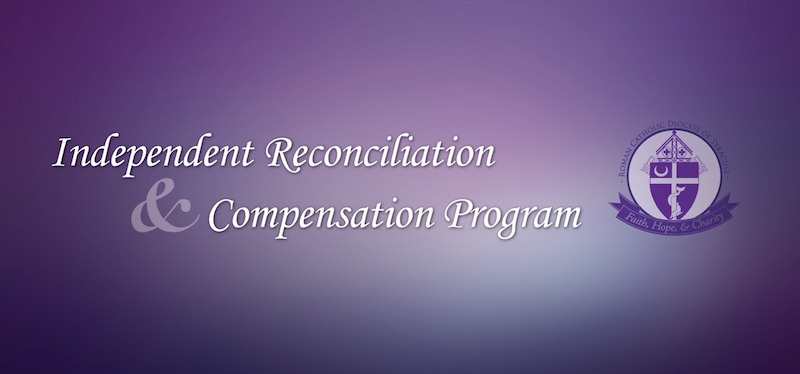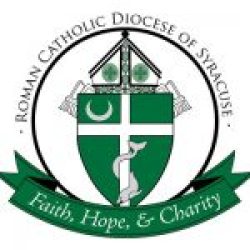Editor’s note: The Catholic Sun asked the diocese’s Chancellor and Director of Communications Danielle Cummings and its Chief Operating Officer and Chief Financial Officer John Barsanti about how the diocese’s Independent Reconciliation and Compensation Program will be funded. They provided the following responses.
Catholic Sun: In announcing the establishment of the Independent Reconciliation and Compensation Program, the diocese stated, “The total cost of the program will be paid from the Diocese of Syracuse’s general liability insurance program.” How does that program work?
Danielle Cummings and John Barsanti: Since 1973, the Diocese of Syracuse has operated an insurance program for entities of the diocese. Similar to other insurance programs, the diocese buys insurance coverage and then resells that insurance to diocesan entities, including parishes. The diocese uses an insurance consultant organization — Marsh LLC — to assist in the buying and selling of insurance. Further, the program is overseen by a Risk Management Committee that has expertise in the insurance industry and its statements are audited and included in the diocesan annual financial statements.
Parishes are entities that are separately incorporated from the diocese. By law they are required to have insurance. Parishes can buy insurance outside of the diocesan program, however, the diocesan program provides greater coverage at a lower cost and is able to directly serve the parishes in a more customer-oriented fashion. Currently, all parishes, diocesan Catholic schools, and Catholic Charities agencies participate in the diocesan insurance program.
There are four parts of the insurance program: general insurance, which includes general liability, worker’s compensation, property and auto, and other coverage; health; unemployment; and disability.
The program is required to maintain reserves because it is a self-insurance program with coverage above the self-insured amount. Over the years, these reserves have increased to protect against rising costs in worker’s compensation or health insurance and to provide protection for known and unknown risks.
The cost of the IRCP will be paid from the general liability program.
CS: In its announcement, the diocese also stated that the “diocese will not use any money given by the people of the diocese to support parishes, schools, the annual HOPE Appeal, the Foundation of the Roman Catholic Diocese, the Cathedral Restoration Fund, Catholic Charities or any other charitable fund in the diocese.” Parishioner contributions help to fund the operating costs of parishes, including parishes’ insurance coverage. Can you clarify the original statement?
DC and JB: The IRCP program is being funded through the diocese’s general liability program. The statement was to emphasize that the diocese will not “tax” parishes nor will it use HOPE Appeal funds, Cathedral Restoration funds, or donations to Catholic Charities or any other restricted fund to pay for the IRCP.
Parishes are supported by parishioner offerings to Sunday collections. Out of those general collection funds, parishes pay for operational costs such as utilities, salaries, and insurance. Parishes pay the entities that render these required services — the power company, the staff person, the insurance provider. The diocese’s general liability program is funded through premiums paid by parishes — an expense that parishes would pay to the diocesan program or any other insurance provider.
The general liability program exists to pay for seen and unforeseen circumstances. The diocese is using the general liability program exactly as intended.






